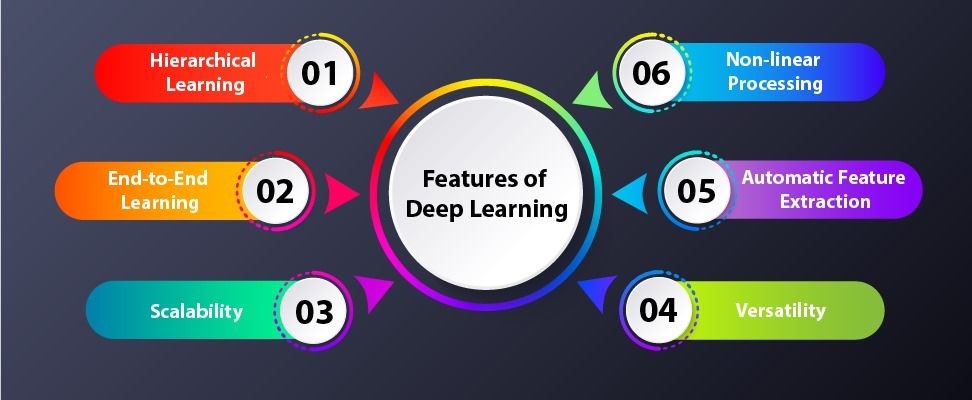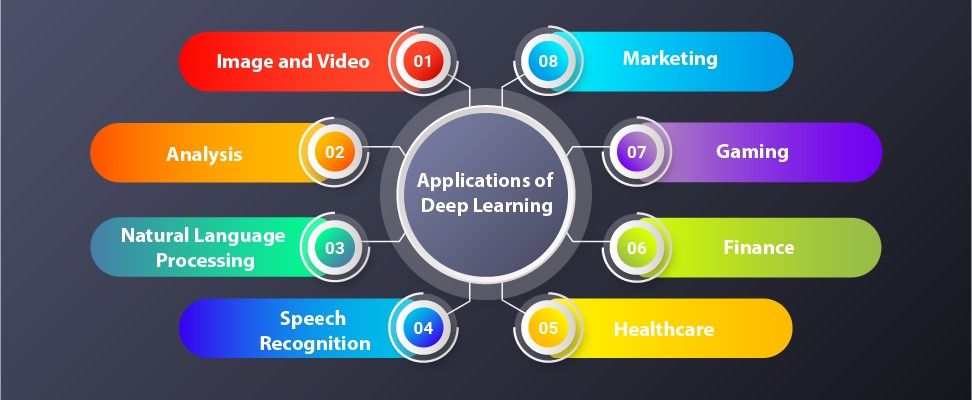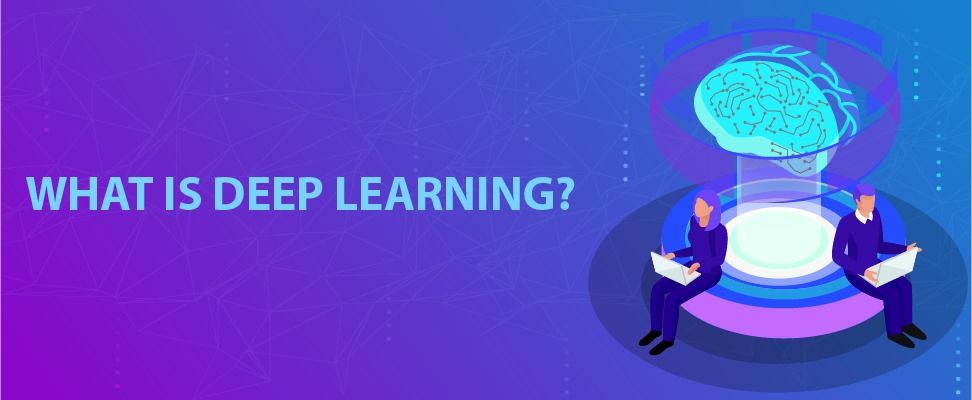Table of Contents
ToggleIntroduction
Deep learning is a subset of machine learning, which itself is a subset of artificial intelligence (AI). It involves training artificial neural networks on large amounts of data to enable them to learn complex patterns and make predictions or decisions. These neural networks are inspired by the structure and function of the human brain and consist of multiple layers (hence “deep” learning) that allow the system to learn from data in a hierarchical manner.
Features of Deep Learning

Hierarchical Learning
- Learns features and patterns in data through multiple layers of abstraction.
- Lower layers capture basic features, while higher layers capture more complex patterns.
End-to-End Learning
- Can process raw data to final output without needing manual feature extraction.
- Suitable for tasks where feature engineering is complex or impractical.
Scalability
- Capable of handling large volumes of data and leveraging extensive computational resources.
- Performs better with increased data and computational power.
Versatility
- Applicable to a wide range of tasks including image recognition, natural language processing, and speech recognition.
- It can be adapted to various domains and industries.
Automatic Feature Extraction
- Automatically discovers relevant features from raw data, reducing the need for manual intervention.
- Enhances performance by learning optimal features for the given task.
Non-linear Processing
- Able to model complex non-linear relationships within data.
- Suitable for tasks where linear models fail to capture underlying patterns.
Benefits of Deep Learning
Accuracy
- Achieves state-of-the-art performance in many tasks, surpassing traditional machine learning methods.
- High accuracy in tasks like image and speech recognition.
Automation
- Reduces the need for manual feature extraction and engineering.
- Automates the learning process from raw data to output.
Generalization
- Effective at generalizing from large datasets, improving performance on unseen data.
- Enhances the ability to learn from diverse and complex datasets.
Complex Data Processing
- Capable of handling unstructured data such as images, text, and audio.
- Excels in tasks that involve high-dimensional data.
Robustness
- With sufficient data, deep learning models are robust to variations and noise in the data.
- Maintains performance across different conditions and environments.
Adaptability
- Easily adaptable to new tasks and domains with minimal changes to the underlying architecture.
- Beneficial for transfer learning, where a pre-trained model can be fine-tuned for a new task.
Innovation
- Drives advancements in AI research and applications.
- Enables the development of innovative solutions and technologies across various fields.

Don't miss out on your chance to work with the best
Apply for top global job opportunities today!
Applications of Deep Learning

- Image and Video Analysis: Facial recognition, object detection, autonomous vehicles.
- Natural Language Processing: Sentiment analysis, language translation, chatbots.
- Speech Recognition: Virtual assistants, transcription services.
- Healthcare: Medical image analysis, predictive diagnostics.
- Finance: Fraud detection, algorithmic trading.
- Gaming: AI opponents, realistic character behavior.
- Marketing: Customer segmentation, recommendation systems.
Differences Between Deep Learning and Machine Learning
| Aspect | Machine Learning | Deep Learning |
|---|---|---|
| Definition | Subset of AI for learning from data. | Subset of ML using multi-layered neural networks. |
| Complexity | Simpler models, fewer parameters. | Complex models with many layers. |
| Data Dependency | Works well with smaller datasets. | Requires large datasets. |
| Feature Engineering | Manual feature extraction. | Automatic feature extraction. |
| Computation Power | Less computational power needed. | High computational power needed (often GPUs). |
| Training Time | Faster training. | Longer training time. |
| Interpretability | More interpretable models. | Harder to interpret (“black box”). |
| Use Cases | Classification, regression, clustering, etc. | Image recognition, NLP, complex patterns. |
| Algorithms Examples | Decision Trees, SVM, Random Forest. | CNNs, RNNs, GANs. |
| Learning Approach | Supervised, unsupervised, semi-supervised. | Mostly supervised and unsupervised, plus reinforcement learning. |
Conclusion: The Transformative Potential of Deep Learning
Deep learning, a transformative subset of machine learning, excels in handling large, unstructured datasets through hierarchical and end-to-end learning, driving innovation across various industries. Its ability to automatically extract features and model complex patterns has revolutionized fields like healthcare, finance, and natural language processing, offering unparalleled performance despite its need for substantial computational resources. As deep learning continues to evolve, it promises to push the boundaries of artificial intelligence, delivering advanced solutions and unlocking new possibilities across diverse domains.
Take control of your career and land your dream job
Sign up with us now and start applying for the best opportunities!


